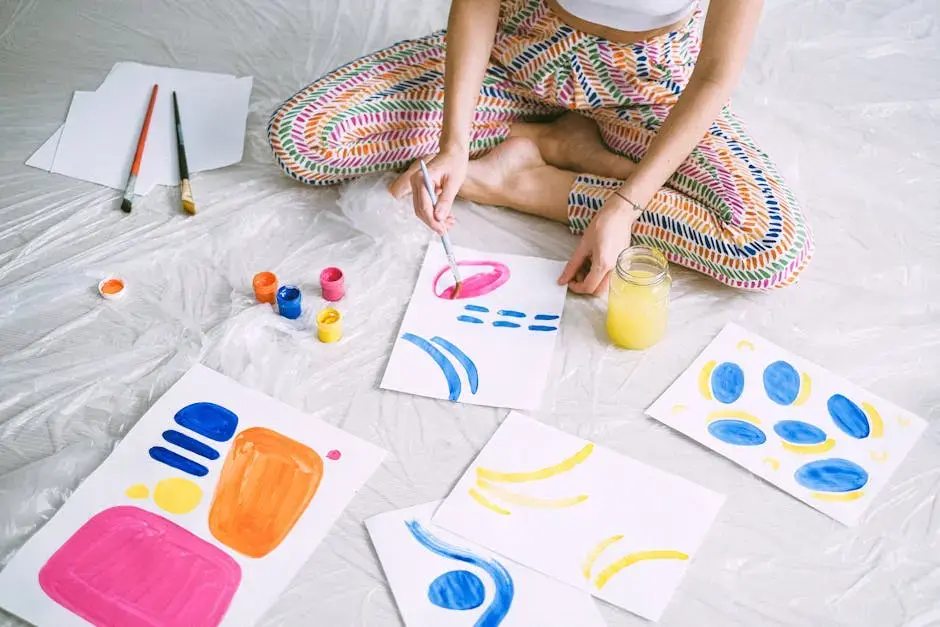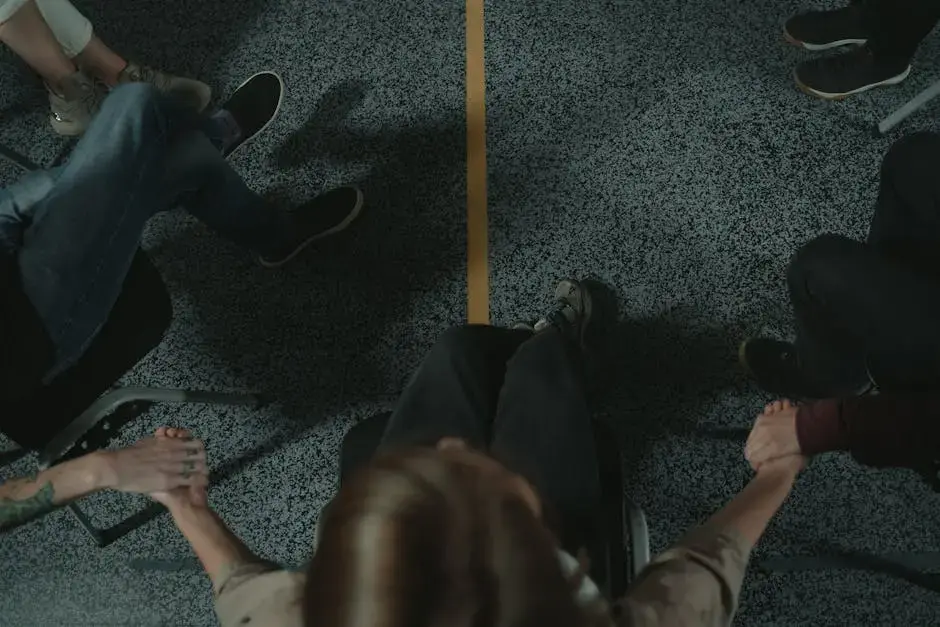Exploring the Power of Creative Therapy in Healing
- Karrie Stafford

- Nov 22, 2024
- 5 min read
Creative therapy has emerged as a transformative approach in the field of mental health and emotional healing. By harnessing the innate power of creativity, individuals can embark on a journey of self-discovery and healing. In this blog, we will explore the essence of creative therapy, its benefits, and how it can be a valuable tool for various mental health challenges.

What is Creative Therapy?
Creative therapy is an innovative form of therapy that utilizes various creative processes to help individuals express themselves and explore their emotions. At its core, this type of therapy encourages self-expression through artistic means, such as drawing, painting, music, or dance. Unlike traditional talking therapies, creative therapy allows individuals to convey their thoughts and feelings without the constraints of language. This can be particularly beneficial for those who find it difficult to articulate their emotions verbally.
This therapy is not limited to professional artists or those with advanced skills; rather, it welcomes everyone—regardless of their artistic background. In fact, the focus is not on the final product but on the therapeutic process itself. Engaging in creative activities can pave the way for deeper self-awareness and emotional exploration. As individuals interact with their chosen medium, they often uncover insights and feelings that may have been previously suppressed or overlooked.
The Role of Creativity in Healing
Creativity plays a pivotal role in healing, offering a unique outlet for self-expression that can lead to profound emotional breakthroughs. This is particularly important because emotions can sometimes be tangled and chaotic; creativity helps to untangle those feelings. Through creative outlets, such as writing or art, individuals can externalize their emotional experiences, presenting them in a visual or auditory form that may be easier to process.
Moreover, engaging in creative activities can promote mindfulness, allowing individuals to be fully present in the moment. Activities like painting or sculpting require concentration and focus, which can shift the mind away from stressors and into a state of flow. In this state, individuals often report feelings of calmness and clarity. Thus, creativity not only serves as a means of expression but also as a tool for grounding oneself amidst turmoil.
Furthermore, creativity fosters connection—not only to oneself but also to others. Sharing creative works can lead to meaningful conversations and interpersonal relationships. For instance, participating in group art therapy sessions can create a supportive environment where individuals can share their experiences and progress. This collective aspect of creative therapy emphasizes the healing power of community, enhancing emotional well-being.
Different Forms of Creative Therapy
Creative therapy encompasses a wide array of modalities, each with its unique approach and focus. Art therapy is perhaps one of the most recognized forms, which employs visual arts to explore feelings and improve mental well-being. The act of creating art can provide immediate enjoyment and a sense of achievement, which contributes positively to self-esteem.
Music therapy, on the other hand, uses the power of music to facilitate emotional expression and healing. Whether it’s through songwriting, listening, or playing instruments, music can evoke deep feelings and often serves as a medium to process complex emotions. Many find that composing music or engaging in rhythmic activities can significantly reduce stress and anxiety.
Drama therapy is another fascinating variant that lets individuals express their feelings through performance and role-play. This approach can help enact and understand personal narratives, allowing individuals to critique their life situations and explore potential solutions. The performative aspect adds an engaging layer, where individuals can safely step into another character's shoes, creating a space for empathy and self-reflection.
Dance therapy, meanwhile, uses movement to promote emotional expression and physical coordination. Engaging in dance can release pent-up energy and emotions, bridging the gap between mind and body. This modality encourages participants to express themselves through spontaneous movement, creating an instinctual connection to their feelings and experiences.
Benefits of Creative Therapy
The benefits of creative therapy are extensive and varied, influencing emotional, psychological, and even physical well-being. Firstly, individuals who engage in creative therapy often experience enhanced emotional processing. This is particularly beneficial for those struggling with trauma, anxiety, or depression, as art can serve as a safe space for exploring and expressing difficult emotions without the pressure to articulate them fully.
In addition to emotional healing, creative therapy can improve cognitive function. By engaging in creative thinking and problem-solving during artistic endeavors, individuals can foster innovation and flexibility in their thought processes. This cognitive engagement has the potential to enhance one's capacity for resilience, equipping them to cope better with life's challenges.
There's also an undeniable boost in social connection that comes with engaging in group creative therapy. Whether it's in a workshop or a therapeutic group session, individuals have the chance to bond with others over shared experiences, creating a sense of community. This communal aspect can combat feelings of isolation and loneliness, improving overall mood and sense of belonging.
Furthermore, many participants report a significant increase in self-esteem and confidence. As individuals create and share their works, they often gain validation and recognition for their unique voices and perspectives. This empowerment can transform how they see themselves and strengthen their sense of agency in their lives.
How to Get Started with Creative Therapy
Getting started with creative therapy can be an enlightening journey, and individuals don’t need to be experienced artists to take the plunge. The first step is identifying the form of creativity that resonates most—whether it’s painting, writing, music, or dance. Experimenting with different modalities can be incredibly liberating and may lead to unexpected discoveries about oneself. It’s about finding what makes one feel most alive.
Once an interest is identified, individuals may consider seeking a trained creative therapist who can guide them in their exploration. A professional can tailor sessions to address specific emotional needs, providing a structured environment that ensures a safe space for expression. This guidance can be beneficial, especially for those feeling overwhelmed or unsure of where to start.
Alternatively, individuals can also engage in creative practices on their own. Setting aside time each week to engage in creative activities at home can foster a powerful routine. It’s helpful to create a peaceful environment where one can immerse oneself in the creative process without distractions. This personal space can cultivate a deeper exploration of emotions and thoughts as one engages mindfully in the creative journey.
Finally, sharing creative outputs with trusted friends or communities can amplify the benefits. Joining social groups—both online and offline—dedicated to shared creative interests can enrich the experience. Interacting with others who have similar passions can provide motivation and inspiration, transforming creative therapy into a rewarding, communal experience.
Embracing the Healing Power of Creativity
In conclusion, creative therapy offers a unique and effective approach to healing that resonates with individuals seeking to express themselves and work through emotional challenges. By engaging in creative processes, an individual can unlock deeper aspects of themselves, foster personal growth, and enhance overall well-being.




Comments